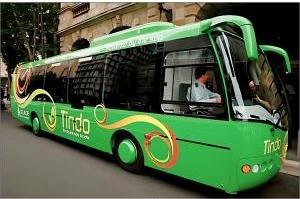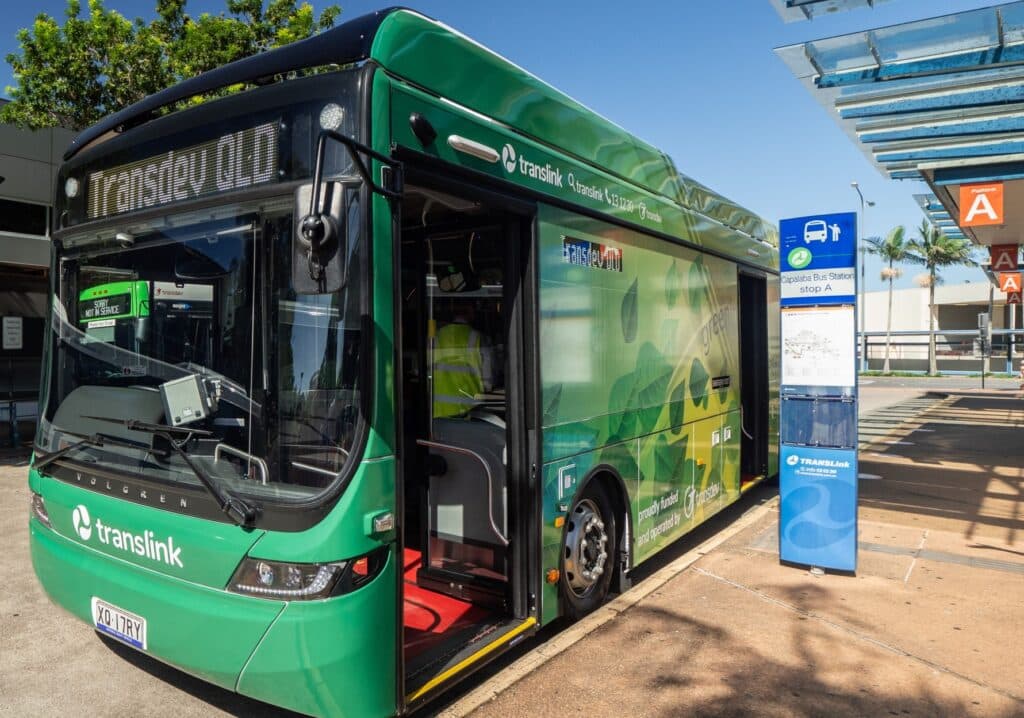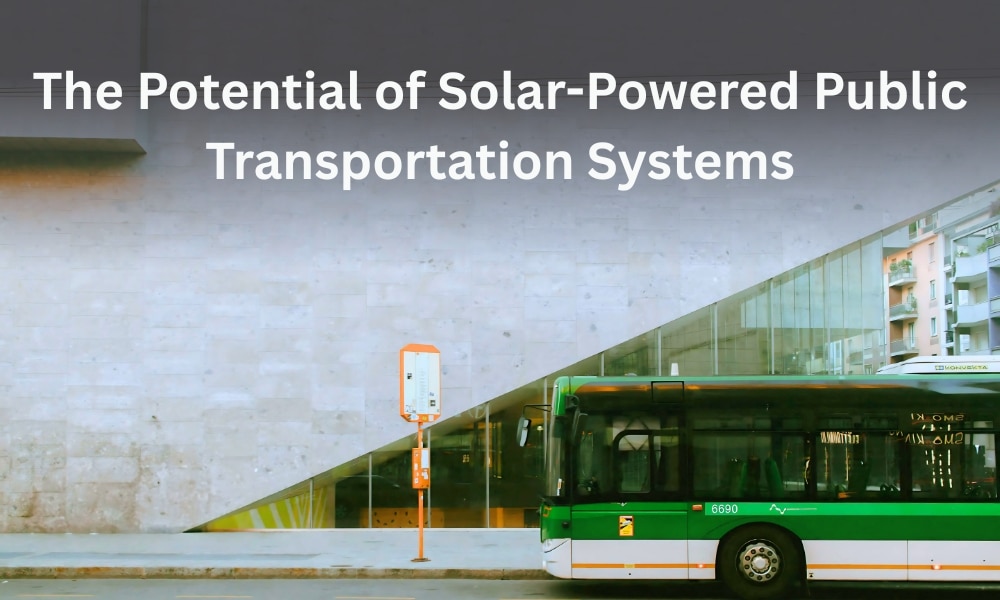Australia, a continent blessed with abundant sunshine, stands at the cusp of a transformative shift in its urban mobility landscape. The immense potential of solar public transport in Australia offers a compelling solution to reduce carbon emissions, improve air quality, and create more sustainable cities. Embracing this innovative approach can redefine how Australians move, fostering a cleaner and more energy-independent future.
Why solar-powered public transport matters
Public transport plays a critical role in reducing urban congestion and cutting greenhouse gas emissions. However, many buses and trains still rely on fossil fuels, which counteract environmental benefits. Transitioning to solar-powered public transport in Australia could provide cleaner alternatives and significantly reduce carbon emissions.
With the nation’s abundant sunlight and advanced solar technology, integrating solar energy into public transport infrastructure is more viable than ever. Cities like Adelaide and Brisbane are already taking bold steps in this direction, serving as models for the rest of the country.
Benefits of solar public transport in Australia
1. Reduced carbon footprint
One of the primary benefits of solar-powered transportation systems is the dramatic reduction in emissions. Traditional diesel buses emit CO₂ and other pollutants, contributing to urban air quality issues and climate change.
- Renewable energy buses powered by solar panels can operate with zero tailpipe emissions.
- These systems enable cities to meet their sustainability goals and fulfil international climate commitments.
Use Energy Matters’ carbon footprint calculator to calculate your household and business’s direct emissions.
2. Energy cost savings
Electric buses powered by solar energy reduce reliance on expensive fossil fuels.
- Solar systems offer long-term savings through lower operational costs.
- Once installed, solar infrastructure can generate electricity for decades without additional costs.
3. Noise pollution reduction
Electric buses are notably quieter than their diesel counterparts.
- This contributes to more peaceful urban environments.
- Reduces stress for both passengers and pedestrians.
4. Enhanced energy security
Harnessing solar power for public transport supports national energy independence.
- Minimises the volatility of fuel prices.
- Encourages local energy production and resilience.
Case studies: Solar-powered public transport in action

Adelaide’s Tindo Bus – A national first
Adelaide introduced the Tindo Bus, hailed as the world’s first 100% solar-powered electric bus, in 2007.
- It is charged using solar panels at the Adelaide Central Bus Station.
- Tindo demonstrates that solar public transport in Australia is not just conceptual—it’s already operating successfully.

Brisbane’s zero-emission bus trial
Brisbane is testing a fleet of electric buses to reduce emissions and explore the integration of renewable energy.
- Plans are underway to power depots with rooftop solar systems.
- If scaled, this initiative can pave the way for renewable energy buses across Queensland.
How solar energy powers public transport
There are two primary methods for incorporating solar energy into transport systems:
1. Direct solar charging
- Solar panels are installed on the roofs of buses or trains.
- These generate electricity in real-time, charging batteries while the vehicle is in motion or parked.
While promising, direct solar charging may not always produce sufficient energy for full operation, especially during cloudy days or at night.
2. Solar-powered charging stations
A more scalable model is to power the charging infrastructure with solar energy:
- Solar panels are installed at depots and bus stations.
- Buses charge overnight or during idle hours using stored solar electricity.
This method offers a consistent energy supply and better integration with existing grids.
Technological advancements supporting the shift
Recent innovations are accelerating the adoption of solar public transport in Australia:
- Advanced lithium-ion batteries: Enable longer ranges and faster charging.
- Smart energy management systems: Optimise charging schedules and energy use.
- Vehicle-to-grid (V2G) technology: Allows buses to send excess power back to the grid.
- High-efficiency solar panels: New designs generate more power in less space. Check our page for our recommended solar products.
These advancements enhance both reliability and cost-effectiveness for public transport authorities.
Challenges in implementation
Despite the clear benefits, there are some challenges:
- Upfront costs: Solar infrastructure and electric buses require significant initial investment.
- Grid compatibility: Charging multiple buses may strain local electricity networks.
- Battery lifecycle: Managing battery recycling and replacement is essential for long-term sustainability.
However, these obstacles are gradually being overcome through technological innovation, falling costs, and strong policy support.
The role of cities and local councils
Urban areas are leading the charge in clean transportation:
- Melbourne aims to have all new buses be zero-emission by 2025.
- Sydney has already committed to replacing its entire bus fleet with electric models by 2030.
Local councils play a key role in investing in solar-powered depots, integrating energy storage systems, and deploying renewable energy buses.
Public engagement and awareness
For solar public transport in Australia to thrive, public support is essential.
- Awareness campaigns can highlight environmental and health benefits.
- Promoting success stories, such as Adelaide’s Tindo bus, builds community trust.
- Offering incentives, such as discounted fares for zero-emission routes, can boost ridership.
A well-informed public is more likely to support sustainable transport policies and infrastructure investment.
The road ahead: Australia’s solar transport future
Australia is uniquely positioned to lead in solar-powered mobility. With vast sunlight, increasing urbanisation, and growing environmental awareness, solar public transport in Australia can become a cornerstone of the country’s green infrastructure.
By investing now in solar charging stations, expanding electric bus fleets, and encouraging policy support, the country can reap long-term benefits, including cleaner cities, healthier populations, and stronger energy independence.
The path to a brighter, greener future
The journey toward solar-powered public transportation is already underway in Australia, but there’s still plenty of road ahead. At Energy Matters, we believe in driving sustainable solutions that serve communities and the planet. Whether you’re a commuter, policymaker, or business owner, the time to support solar mobility is now.
Contact Energy Matters today to learn how solar can revolutionise not just your home or business, but your daily commute too!




















































